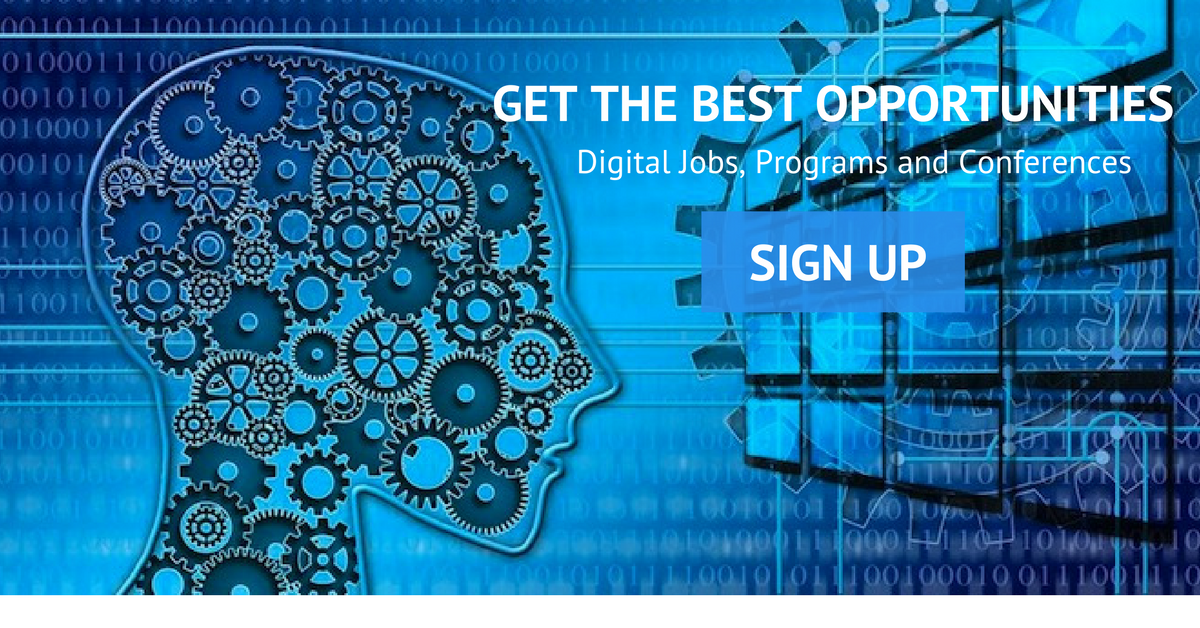
The 2 Main Drivers of Digital Transformation
Read a summary using the INOMICS AI tool
Digital innovation has forever changed the ways in which we communicate, and businesses will have to adapt in order to keep up. The social and economic benefits of digital transformation are vast and far-reaching, but European businesses are not taking full advantage of digital technologies.
Digital transformation is becoming increasingly important in an era of globalisation, where the world is more interconnected than ever. Physical and geographic barriers no longer restrict business. Commerce, data, and people move seamlessly across borders, opening up possibilities for small and midsize enterprises (SMEs) to join the global marketplace. For example, while the flow of goods across borders diminished in the past decade, Internet bandwidth use increased by 45 times.
This suggests that there is great potential for digital transformation in Europe, but what’s driving this digital transformation?
Economic Drivers
Digital platforms fundamentally change the way business is done across borders. It’s not just about faster communication or developing a new skills sets; the natures of consumption and competition have changed. Digital innovations created a global economy where businesses can have immediate access to a global marketplace, providing a huge consumer base and means to reach markets that were previously unreachable. Digital platforms like Amazon, eBay, and Etsy allow SMEs to participate in the global marketplace, becoming ‘micro-multinationals’. Globalisation, and the digital transformation that has come with it, has propelled economic development across Europe.
Ongoing digital transformation of SMEs will, therefore, be crucial for Europe’s continued economic growth. The new digital economy offers unparalleled opportunities for European SMEs to tap into the global marketplace. But it will also require close monitoring and updating of digital content to remain relevant in an ever-changing market. With the current pace of digital transformation occurring around the world, European SMEs will need to act now in order to succeed in a global economy.
Technological Drivers
Digital technologies have opened the market to new businesses in new industries, but they have also reshaped traditional industries, from fashion to automotive, from transport and logistics, to energy distribution. Over 40 per cent of the world has access to the Internet today and Information and Communication Technologies (ICTs) have altered the ways in which businesses communicate with consumers.
Whereas prior to the 1990s, consumers were passive recipients of marketing messages, today consumers are ‘better informed, better connected, more communicative, and more in control than ever’. Digital technology further shifts power to the consumer, allowing digital content to be created, circulated, and consumed quickly and easily. Think about it; how often do you read online reviews of a restaurant before going for the first time, or purchase products on Amazon based on how many stars it has? Technology has created a virtual space where the flow of communication is no longer unidirectional from the company to you. Thanks to technological innovations, you can now communicate directly with other consumers. In this way, new technologies have altered consumption and competition.

Economic and technological drivers may have started the ball rolling on this digital transformation, but consumers are driving forward this change. It’s evident that the importance of digital technologies will only increase in the coming years, so SMEs will need to learn how to adapt their business models accordingly.
As the economies of developing countries like India and China continue to grow, the global marketplace will continue to expand rapidly. And as digital transformation continues spreading across Europe, the potential for companies to quickly reach global scale and increased efficiency is great.
But in order to do this, SMEs need to study their current marketing strategies, business models, and operations. Digital transformation requires SMEs to look at whether their current organisational structure makes sense in a digital world, whether their products or content should be customised for local markets, and whether they are ready for the global competition created in a digital era. This may seem challenging, but don’t worry, there are plenty of resources available online to assist with this transition.
Written by David Hill
DISCOVER MORE TOPICS ON DUEDIGITAL.COM
key economic factors? The all-in-one
Marketeer
How to Prepare for the Era of
Digital Transformation
The best opportunities in Digital Jobs, Programs and Conferences




